The journey itself often matters as much as the destination, with transportation choice fundamentally shaping how travelers experience landscapes, cultures, and their comfort throughout the adventure. When planning extended travel, the decision between hitting the open road in a personal vehicle or riding the rails presents distinctly different experiences, each with unique advantages and limitations that go far beyond simple questions of speed or cost.
Understanding these differences helps travelers select the mode that best aligns with their preferences, priorities, and travel philosophy. Here is a list of 20 key differences that distinguish road trip experiences from train travel adventures.
Scheduling Flexibility
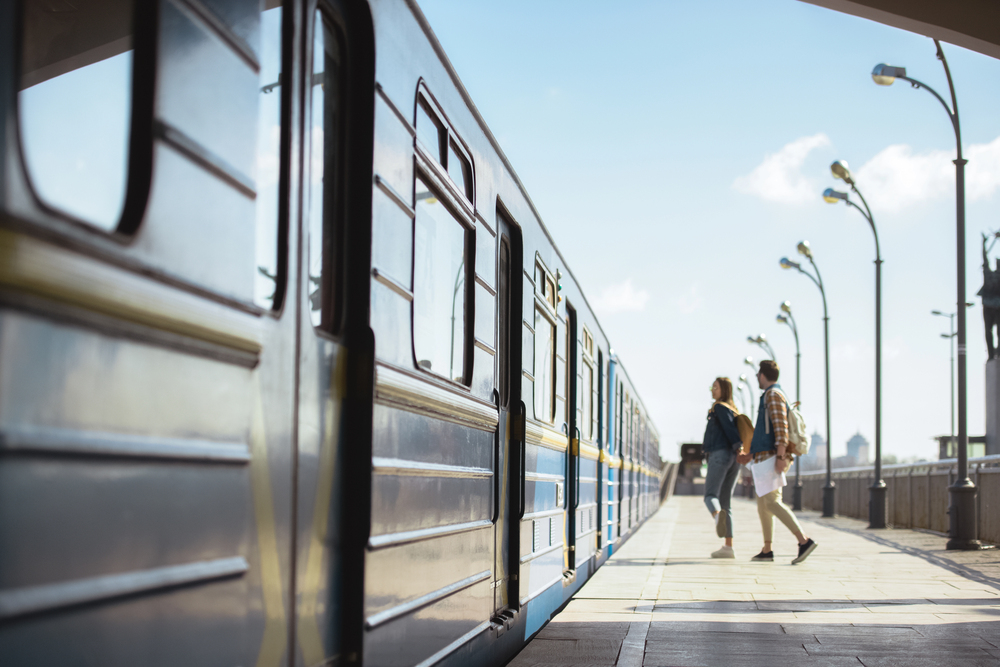
Road trips offer unparalleled spontaneity, allowing travelers to depart, stop, and change directions whenever inspiration strikes without concern for timetables or missed connections. Train travel operates on fixed schedules with predetermined stations, creating a more structured journey where departures and arrivals follow published timetables regardless of traveler preferences.
This fundamental difference shapes every aspect of the journey, from daily planning to the overall pace of travel experiences.
Scenic Viewing Experience
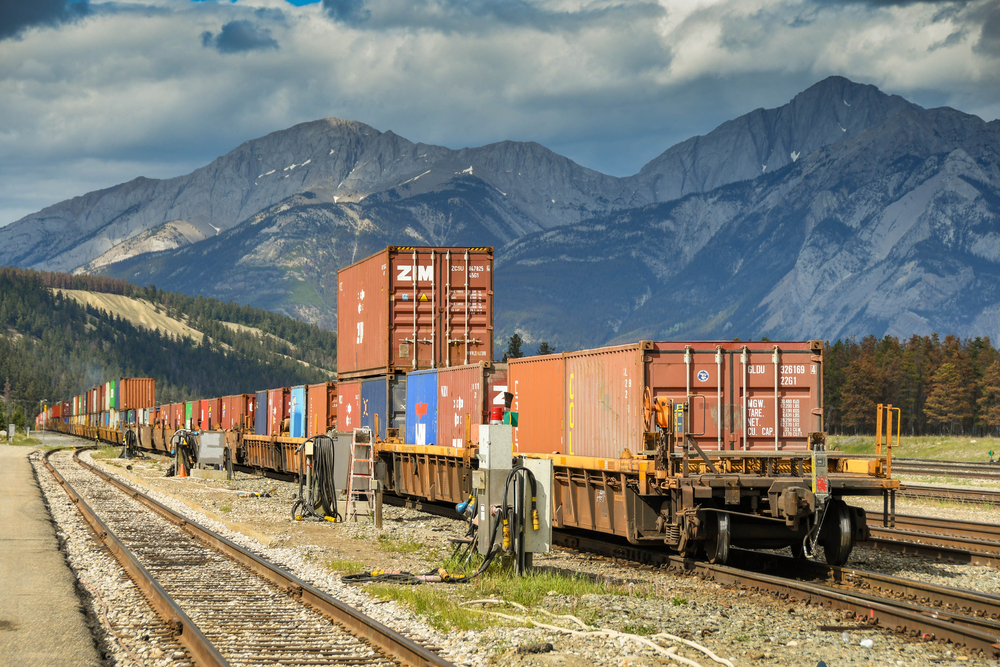
Train windows provide elevated, unobstructed views from routes often passing through stunning landscapes inaccessible to roads, allowing passengers to fully absorb surroundings without driving responsibilities. Road trips offer 360-degree visibility with the ability to stop at scenic overlooks and viewpoints, though drivers must divide attention between scenery and safety while navigating.
The train’s continuous motion creates a filmlike sequence of passing scenery, while road trips allow for immersive pauses at breathtaking locations.
Like Travel Pug’s content? Follow us on MSN.
Physical Space Constraints
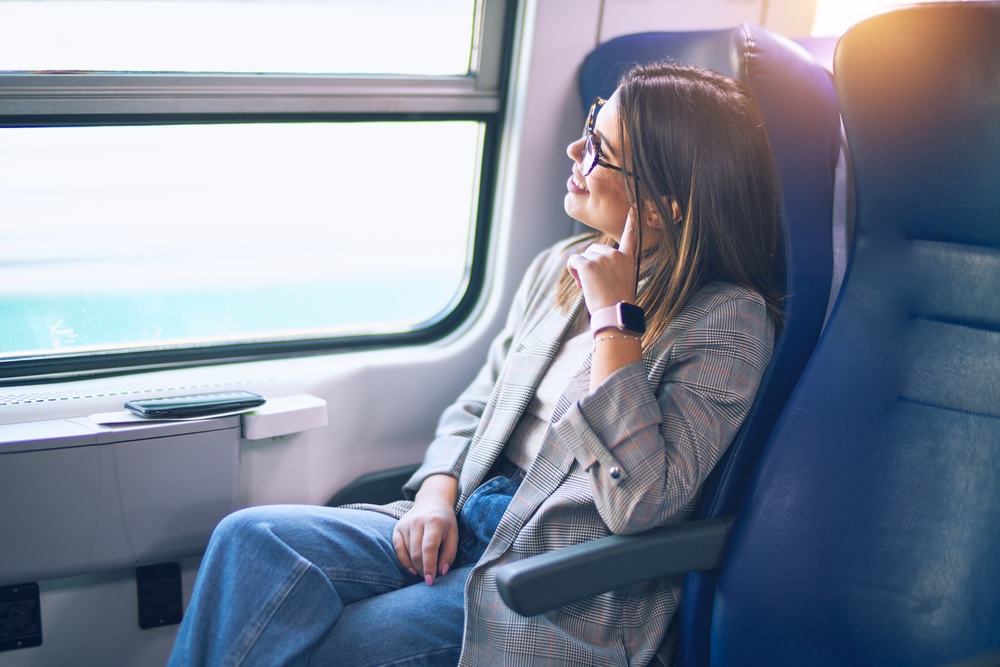
Personal vehicles confine travelers to limited seating areas for extended periods, though with complete control over climate, music, and stop frequency to manage comfort. Trains enable passengers to stretch their legs along extended aisles, visit café cars, and periodically change seating positions throughout journeys, providing significantly greater physical movement opportunities.
This mobility difference becomes increasingly noticeable during journeys exceeding several hours, particularly for travelers who experience discomfort from prolonged sitting.
Route Accessibility
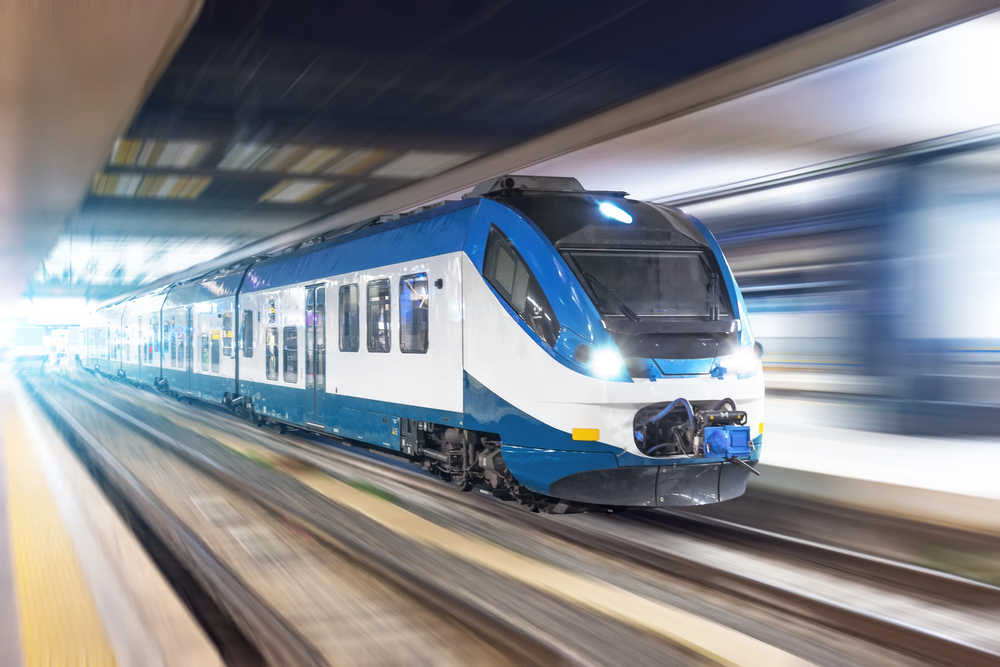
Railways connect specific stations along fixed corridors, limiting access points to established platforms that may not perfectly align with desired destinations. Roadways offer nearly limitless access points, with vast networks reaching virtually everywhere vehicles can physically navigate, regardless of population density or commercial importance.
This accessibility difference significantly impacts destination selection, with road trips facilitating visits to obscure locations while trains excel at connecting major population centers.
Luggage Management
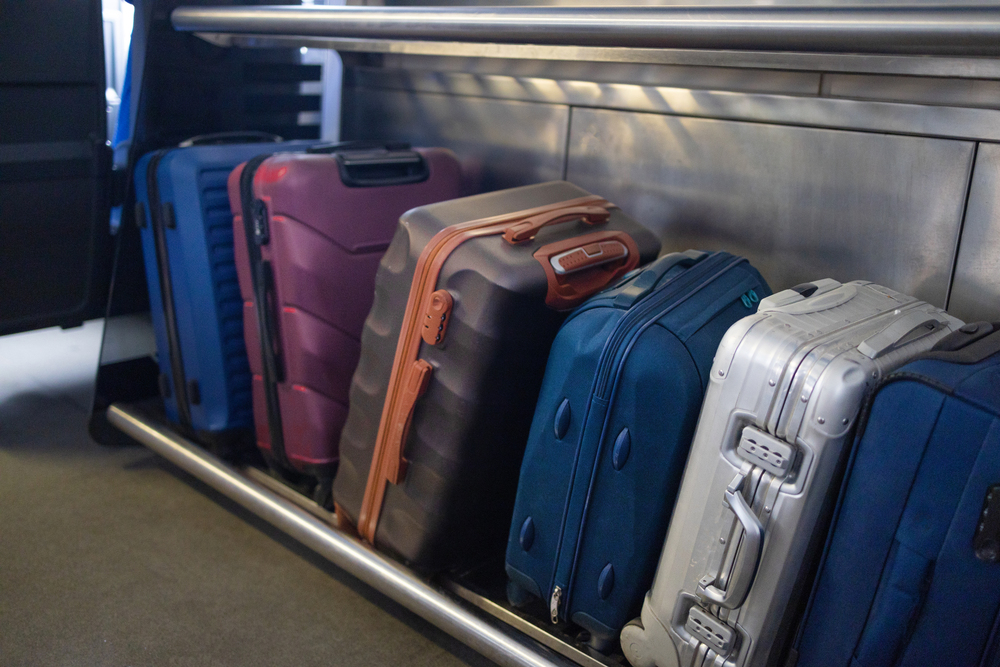
Train travel eliminates continuous luggage handling, with bags typically stowed once at the journey beginning and retrieved at the final destination without interim management. Road trippers must unload and reload belongings at each overnight stop, hotel transfer, or extended exploration pause, creating frequent baggage interaction throughout the journey.
This practical distinction particularly impacts travelers with substantial equipment, unique items, or physical limitations that make repeated luggage handling challenging.
Like Travel Pug’s content? Follow us on MSN.
Social Environment

Railways create natural community spaces where conversations with fellow passengers arise organically, particularly on scenic routes or dining cars designed for social interaction. Personal vehicles provide private environments controlled entirely by occupants, limiting interaction to travel companions and brief exchanges during stops at restaurants, hotels, or attractions.
These contrasting social dynamics significantly influence journey experiences, with trains offering the potential for unexpected connections while road trips strengthen existing relationships through shared, confined experiences.
Navigation Responsibility

Road journeys require continuous navigational awareness, demanding regular routing decisions, traffic monitoring, and directional adjustments throughout the travel day. Train passengers delegate navigational responsibility entirely to railway staff, freeing mental attention for reading, conversation, work, or simple contemplation of passing landscapes.
This cognitive load difference transforms how travelers experience journeys, with driving demanding engagement with practical logistics, while train travel permits complete disengagement from transportation concerns.
Weather Vulnerability

Severe weather directly impacts road journey safety, potentially necessitating schedule changes, alternate routes, or complete travel pauses during hazardous conditions. Trains generally maintain operations through most weather situations, with railway systems designed to function safely in conditions that would make driving dangerous or impossible.
This reliability distinction becomes particularly relevant when traveling through regions prone to sudden weather changes or during unpredictable seasons.
Like Travel Pug’s content? Follow us on MSN.
Accommodation Integration

Road trips require separate accommodation arrangements each evening, with daily transitions between vehicles and lodging creating distinct travel and rest phases. Overnight trains integrate transportation and accommodation through sleeper compartments, allowing continuous forward progress during rest hours without requiring separate lodging arrangements.
This integration creates fundamentally different rhythm patterns, with road journeys following day-drive/night-rest cycles while trains can maximize distance coverage during sleeping hours.
Urban Arrival Experience
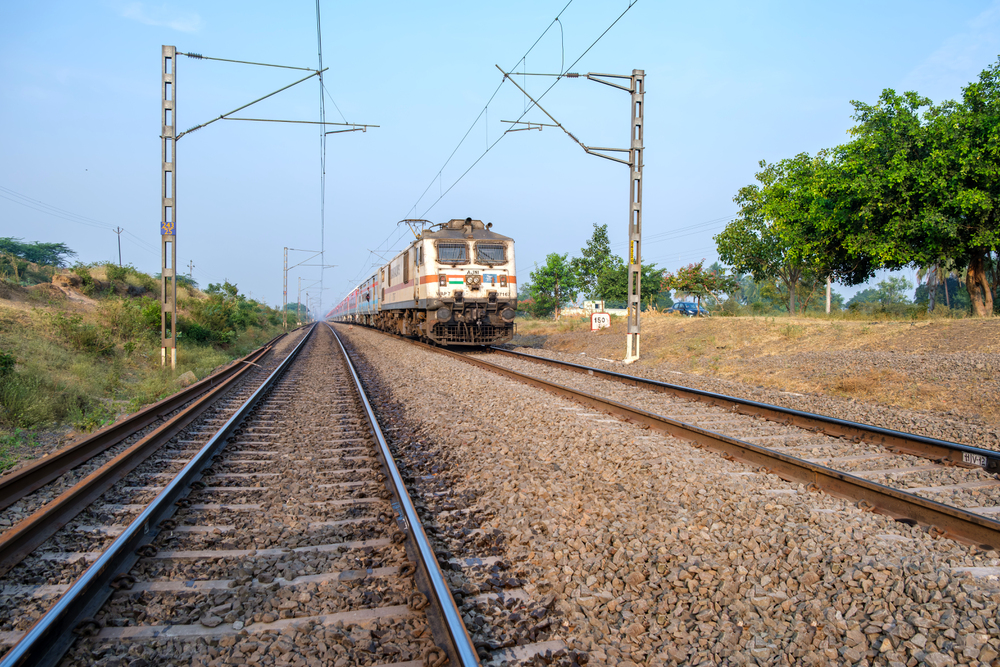
Railways typically deliver passengers directly to city centers, positioning travelers immediately within walkable urban cores without parking concerns or traffic navigation. Road arrivals require navigating unfamiliar urban traffic patterns, locating parking, and potentially arranging transportation from peripheral parking areas to central attractions.
This arrival distinction significantly impacts initial destination experiences, with train travelers often beginning explorations immediately while road trippers manage logistics before engagement.
Meal Flexibility
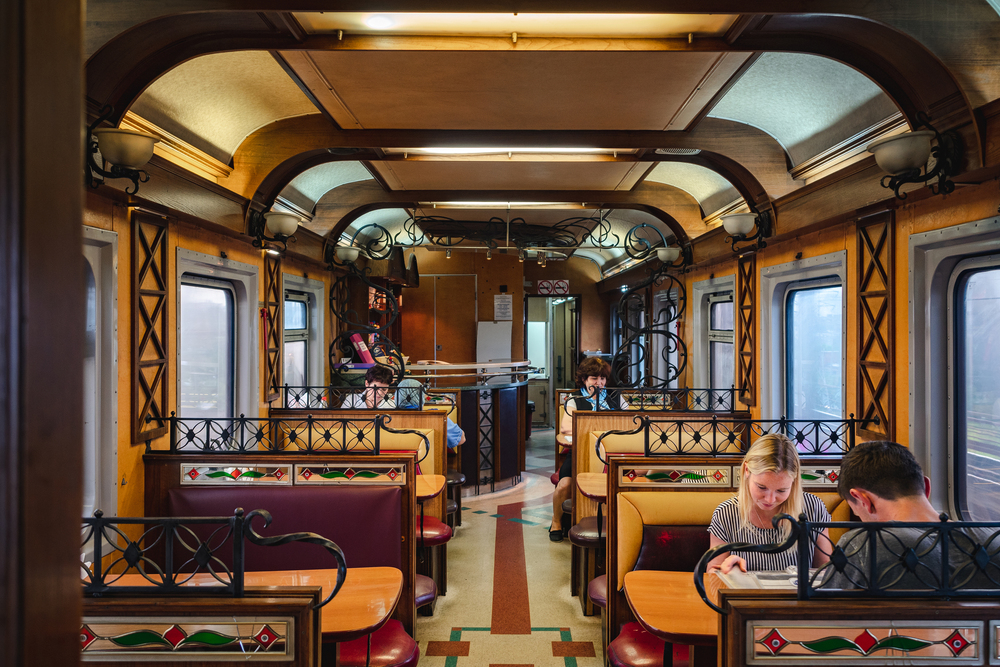
Personal vehicles enable spontaneous meal stops at roadside discoveries, local recommendations, or picturesque picnic locations without schedule constraints. Train dining occurs at either predetermined meal service times or from limited café car options available during operating hours, removing both the stress and opportunity of meal planning decisions.
This culinary experience difference particularly impacts food-focused travelers, with road trips offering greater discovery potential while trains provide reliability with less required planning.
Like Travel Pug’s content? Follow us on MSN.
Cost Predictability

Train tickets establish fixed transportation costs at booking time, with precise total expenses that remain consistent regardless of journey developments or fuel price fluctuations. Road trip expenses accumulate variably through unpredictable elements, including fuel consumption, unexpected maintenance, parking fees, and toll roads that cannot be precisely calculated in advance.
This budgeting difference affects financial planning, with train travel offering greater cost certainty while road trips require more generous contingency allowances.
Environmental Impact
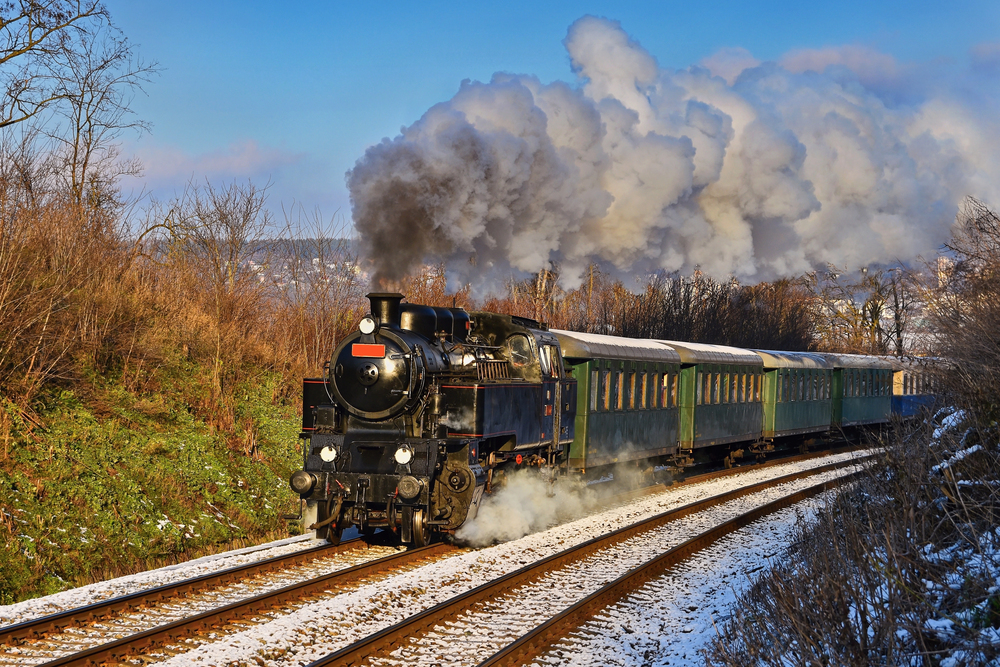
Railways generally produce significantly lower carbon emissions per passenger mile, particularly on electrified routes, creating smaller environmental footprints than equivalent road journeys. Personal vehicles generate higher per-traveler emissions, though impact varies dramatically based on vehicle efficiency, occupancy rate, and driving patterns throughout the journey.
This sustainability difference increasingly influences travel decisions for environmentally conscious travelers seeking to minimize their carbon impact without sacrificing exploration opportunities.
Technology Dependency

Train travel requires minimal technological engagement, with simple tickets and occasional platform changes representing the primary logistical elements requiring management. Road trips increasingly rely on navigation apps, traffic alerts, accommodation bookings, and fuel location services that demand constant device interaction and connectivity.
This technology relationship shapes how present travelers remain in their surroundings, with train journeys facilitating digital detachment while road trips often reinforce connectivity requirements.
Like Travel Pug’s content? Follow us on MSN.
Night Travel Utilization
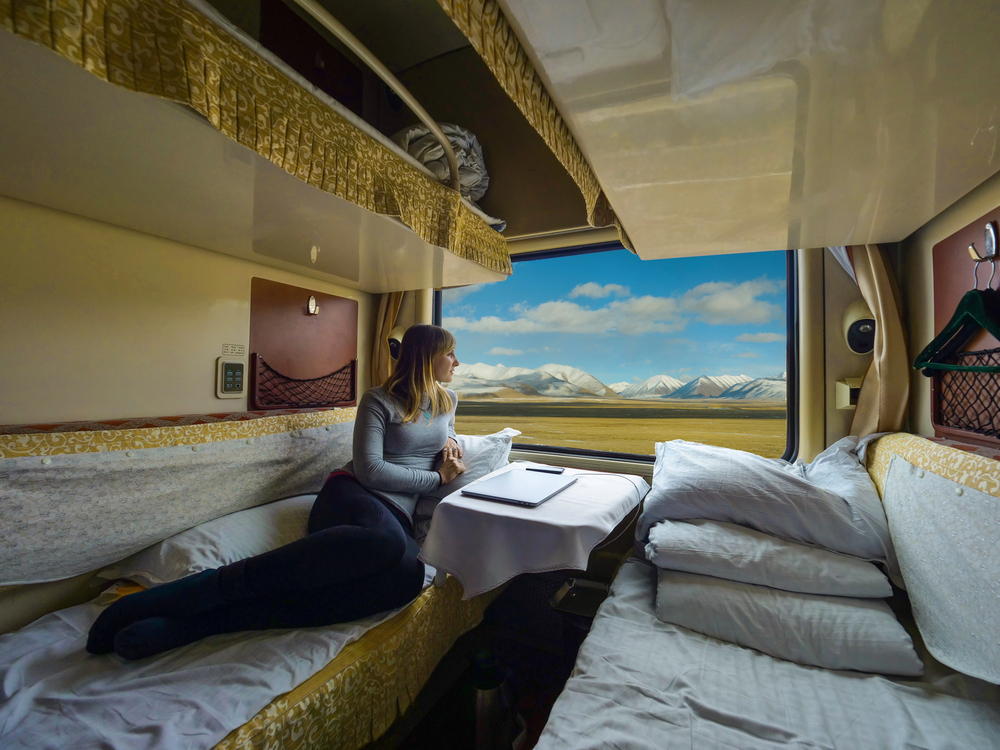
Overnight train schedules allow travelers to cover substantial distances during sleeping hours, effectively eliminating non-productive travel time through transition during natural rest periods. Road safety concerns generally limit night driving, particularly on unfamiliar routes, effectively restricting meaningful distance coverage to daylight hours when travelers could otherwise be exploring destinations.
This efficiency distinction significantly impacts itinerary planning, with trains often enabling more destination time through strategic overnight segments.
Decision Fatigue
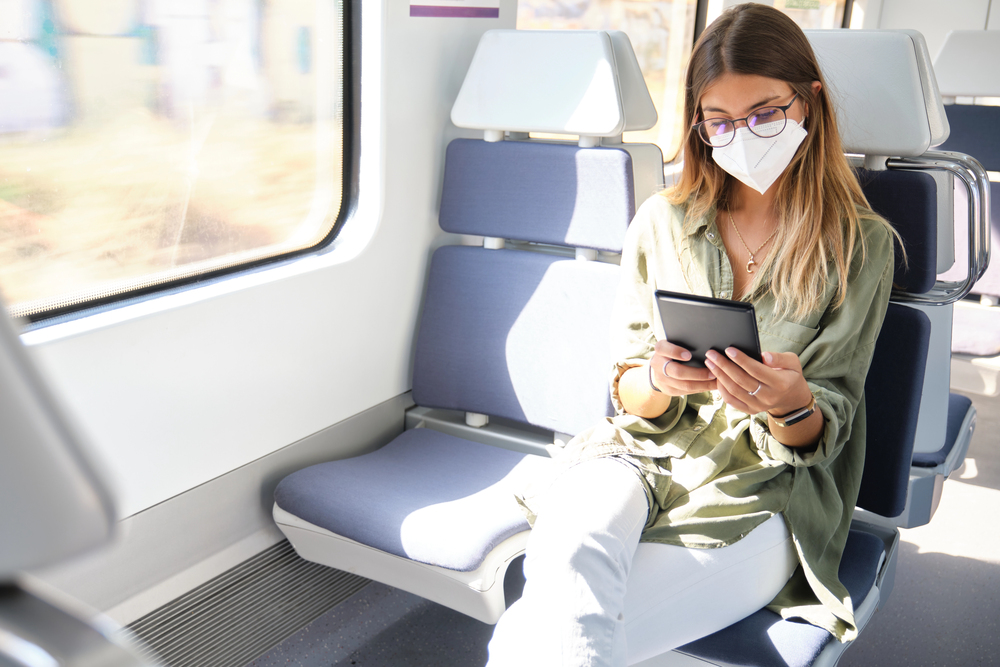
Personal vehicles require continuous small decisions throughout travel days—when to stop, where to eat, which route to take, where to park—creating potential decision fatigue during extended journeys. Train travel eliminates most transit-related decisions once tickets are purchased, providing mental space free from the constant small choices that incrementally drain cognitive energy during road trips.
This psychological distinction affects overall travel energy, with road trips demanding more continuous engagement while trains permit longer periods of mental relaxation.
Local Immersion Capability
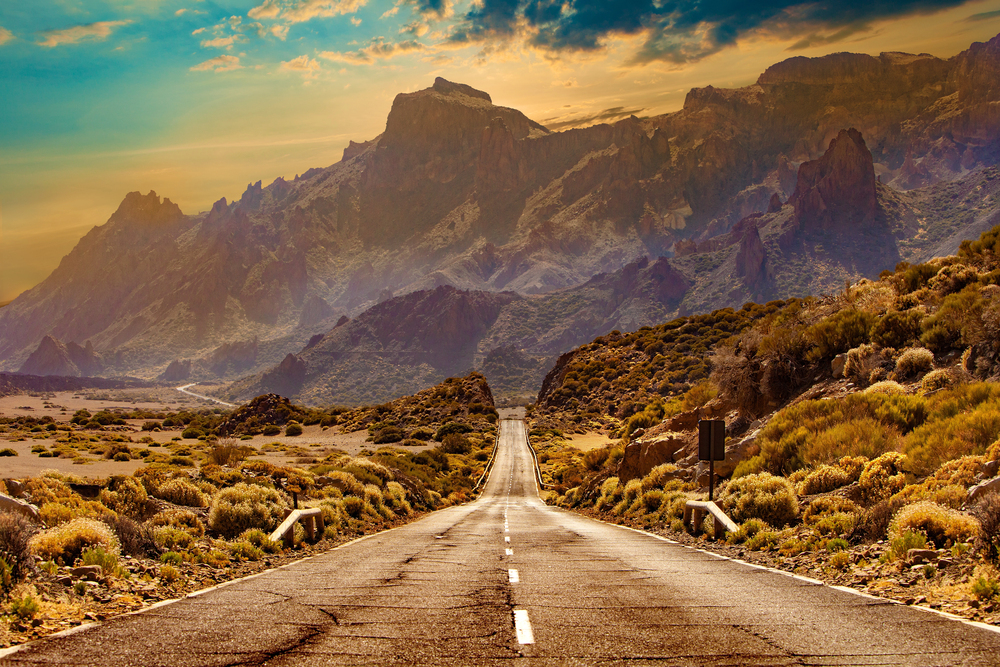
Road journeys facilitate spontaneous stops in non-tourist areas, allowing travelers to explore communities that exist without tourism infrastructure or commercial appeal. Trains primarily connect established destinations with transportation infrastructure, limiting exposure to the unplanned, uncommercial places that often provide the most authentic cultural insights.
This access difference shapes cultural understanding opportunities, with road trips enabling more accidental discoveries while trains excel at efficiently connecting established points of interest.
Like Travel Pug’s content? Follow us on MSN.
Journey Rhythm Patterns

Railways create distinct arrival and departure moments at stations, establishing clear transitions between travel segments and destination experiences throughout the journey. Road trips blend seamlessly between driving and destination phases with no clear boundaries, creating continuous experiences where travel and arrival merge without definitive transition moments.
This rhythmic difference fundamentally shapes how journeys feel, with trains creating more segmented, chapter-like experiences while road trips flow more continuously.
Physical Engagement Level
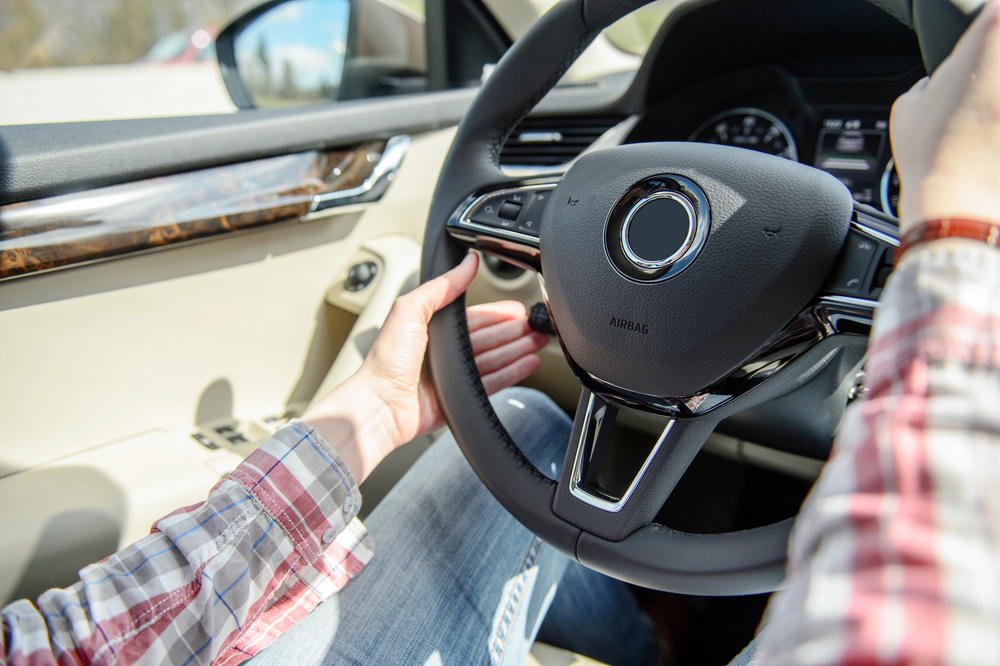
Driving demands continuous physical engagement through steering, pedal operation, and positional awareness, keeping travelers actively involved in the transportation process. Train passengers experience passive movement requiring no physical contribution to forward progress, allowing complete relaxation or engagement in non-travel activities throughout the journey.
This engagement distinction affects energy levels upon arrival, with train travelers often arriving more rested while drivers must transition from active operation to destination activities.
Storytelling Patterns

Road trip narratives typically feature unexpected discoveries, wrong turns leading to fortuitous findings, and the mechanical relationship between travelers and the vehicles that transported them. Train journey stories often involve fellow passenger encounters, passing landscape observations, and the unique liminality of moving through spaces while separated from their immediate reality.
These narrative differences create distinct memories and stories that travelers share afterward, reflecting the fundamentally different experience frameworks each mode creates.
Like Travel Pug’s content? Follow us on MSN.
The Journey’s Influence
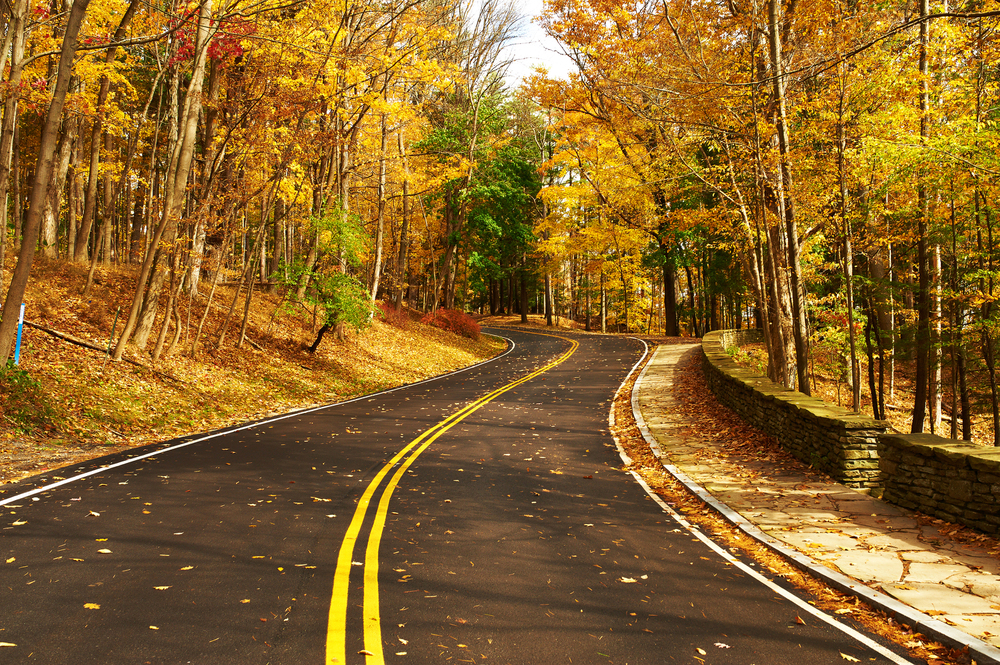
The transportation method we select shapes our travel experiences far more profoundly than simply determining how quickly we move between points on a map. Each mode creates its unique rhythm, perspective, and relationship with both landscapes and communities along the route.
Neither approach universally surpasses the other—their differences simply align differently with various travel purposes, personal preferences, and specific journey requirements. The thoughtful traveler recognizes that this fundamental choice establishes the foundation upon which all other travel experiences will build, meriting careful consideration rather than defaulting to habit or convenience.
More from Travel Pug

- 20 Destinations That Were Once Thriving but Are Now Quietly Disappearing
- 15 Hidden Spots in Disney World’s Magic Kingdom Most Visitors Miss
- 20 Once-Popular Beach Towns That Are Now Ghostly Empty
- 20 Beautiful US Lakefront Towns Where You Can Live for Under $2000 a Month
- 20 Caribbean Islands That Are Safer Than People Think
Like Travel Pug’s content? Follow us on MSN.
